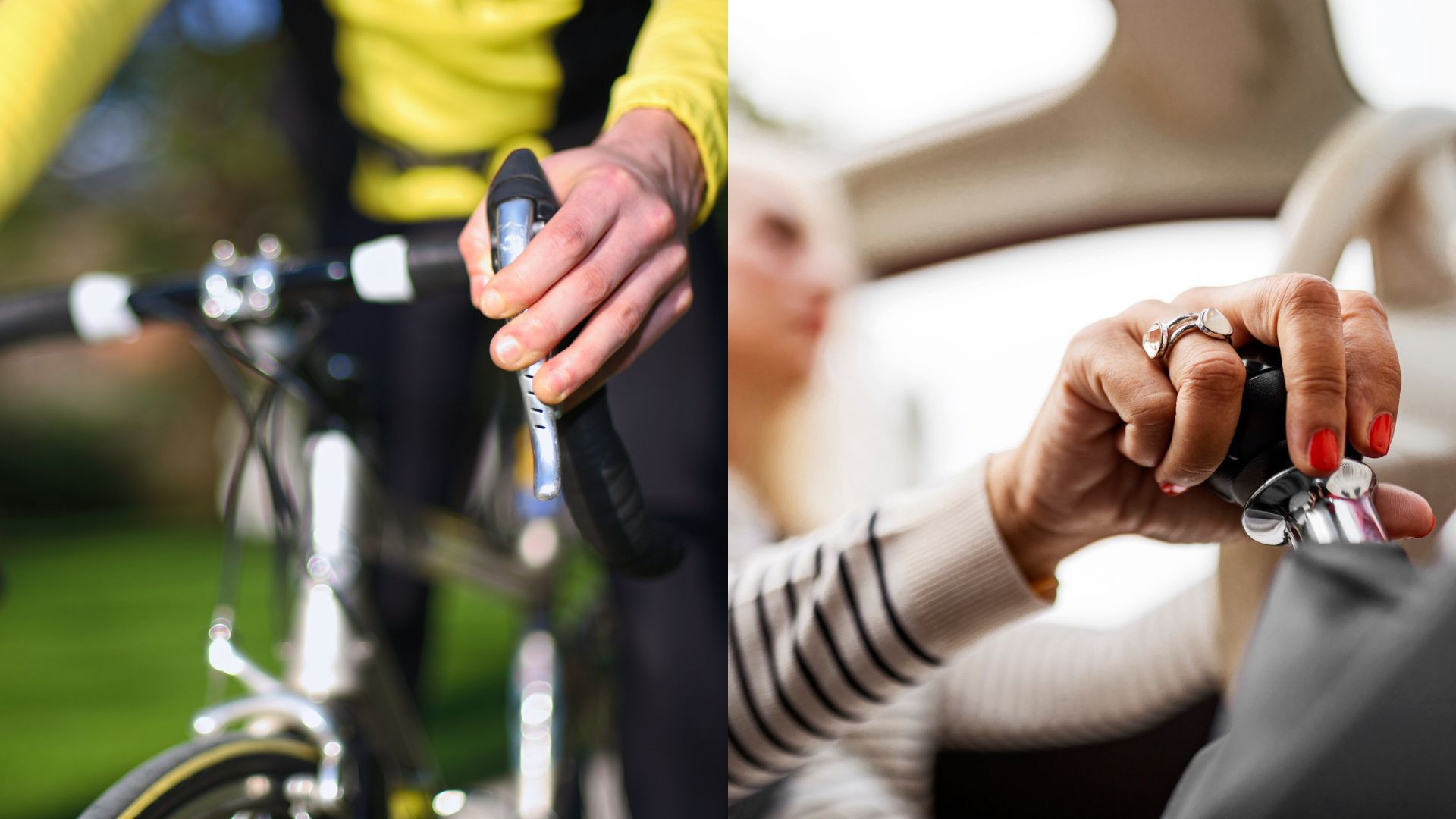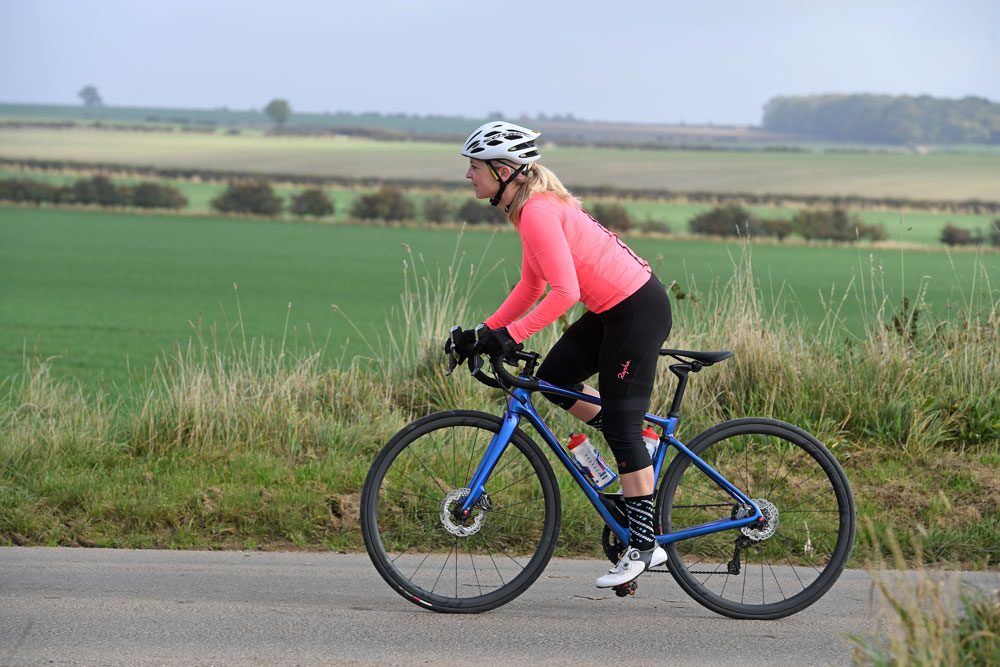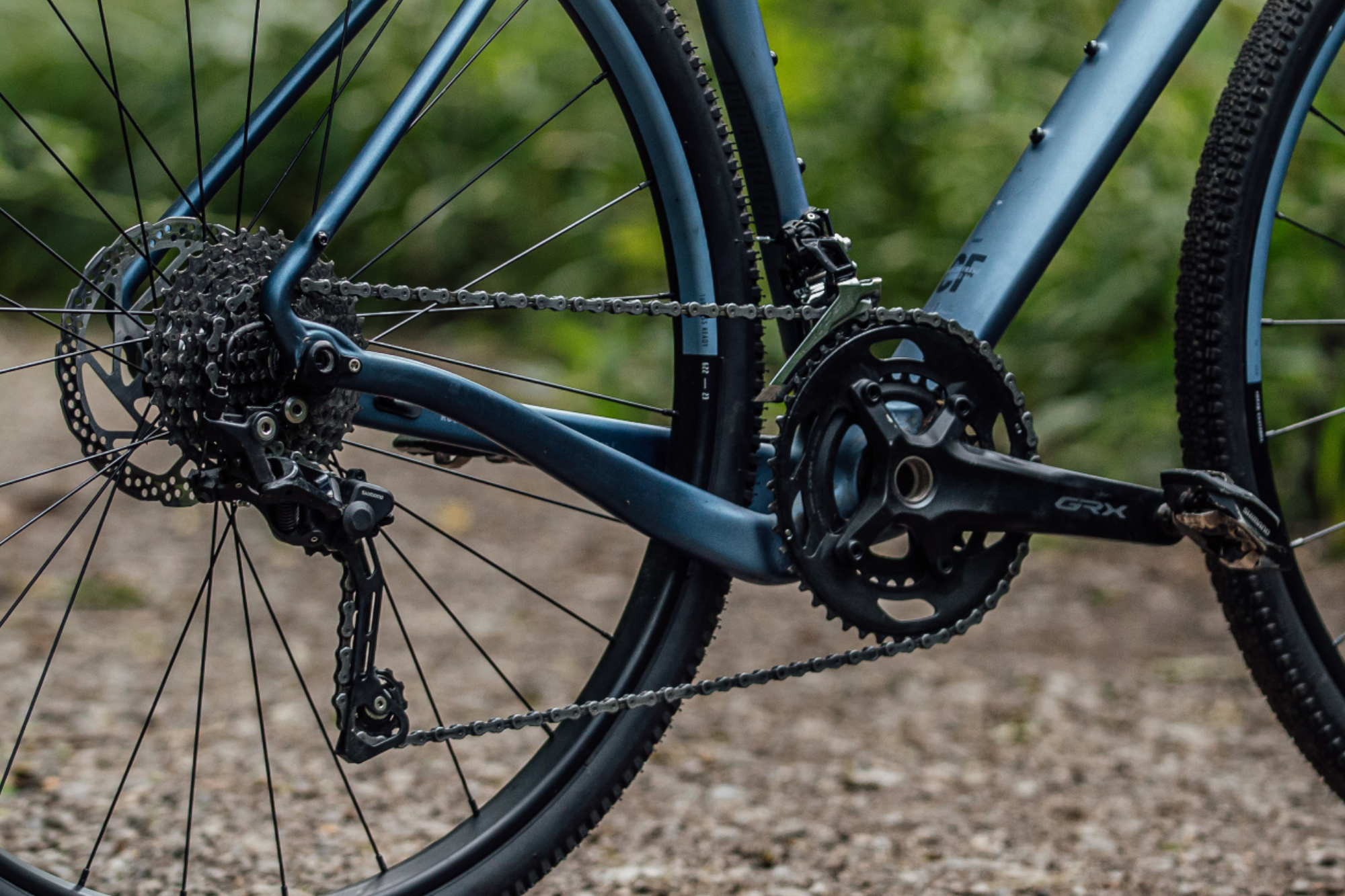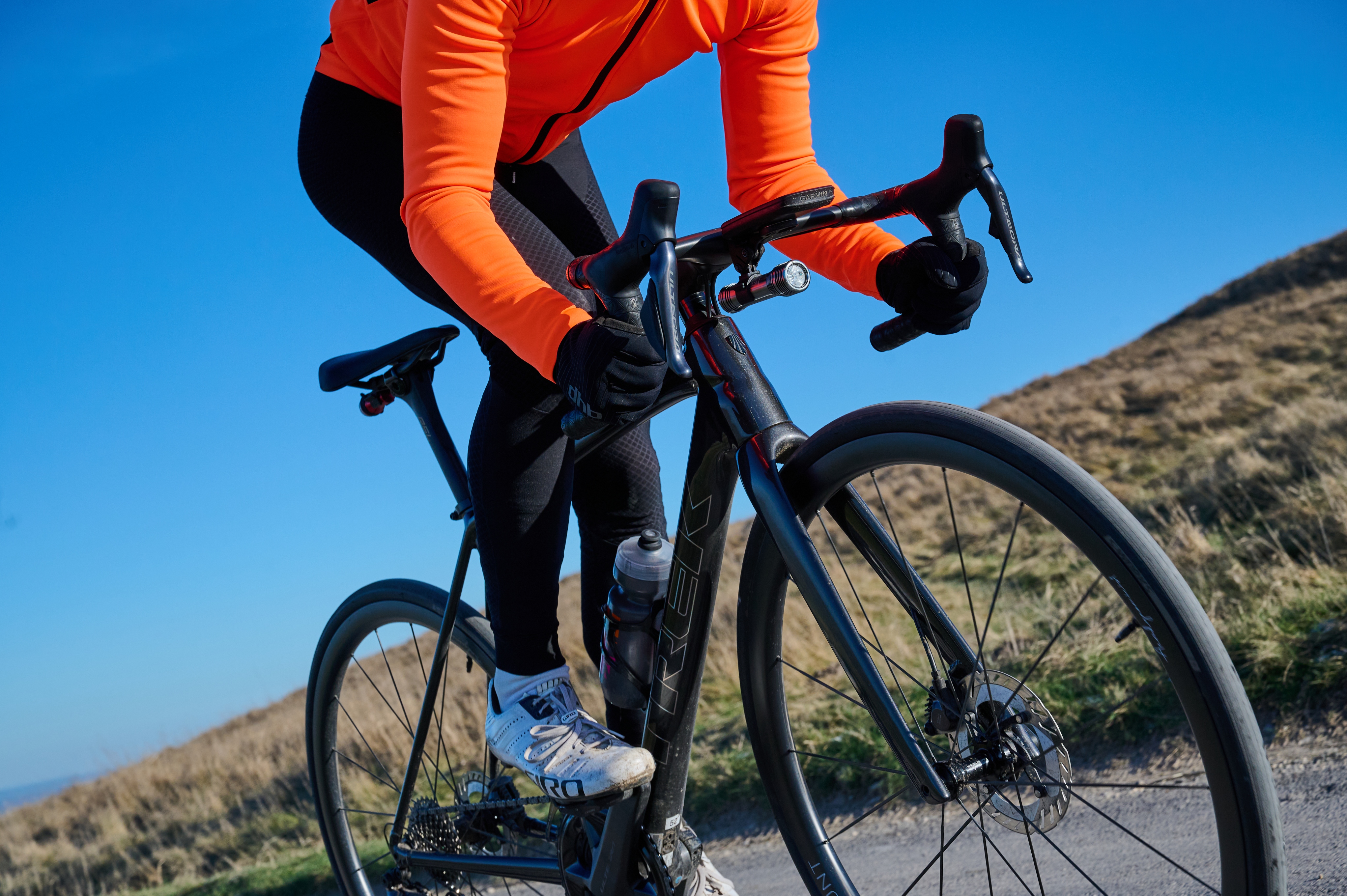Do bike gears work the same as car gears?
Bike gears are a common stumbling block for beginners, especially adults who may come to cycling more familiar with a gear stick than a set of handlebars


If you are more familiar with the gears in your car than the gears on your bike, then you’re not alone. Bike gears, and how they work, frequently come up as a concern among beginner cyclists, but there’s no need to be worried - read on to get started on the journey to smoother shifting and slicker pedalling.
In this article, we're looking at manual cars vs manually operated bike shifting. Some of the best electric bikes offer automatic shifting, which takes the thinking out of the process, much like an automatic car.
Bike gears vs car gears
Your bicycle’s gear ratios help control the effort needed to pedal and the speed you can achieve. The gear ratio is determined by the size of the front chainring compared to the rear cassette cog.
A higher gear ratio, achieved with a larger chainring (with more teeth) or smaller cog (with fewer teeth), makes pedalling harder but allows you to travel faster, ideal for flat terrain. A lower gear ratio, with a smaller chainring (with fewer teeth) or larger cog (with more teeth), makes pedalling easier but slower, perfect for climbing hills. By shifting gears, you can efficiently adjust your effort to match riding conditions.

A larger chainring and smaller cog selection will make pedalling harder, but faster
A bicycle’s gears don’t work so differently to car gears, except that it is you providing the power. In a car the gears work to match the engine's power output with the vehicle's speed, allowing efficient acceleration and deceleration. Lower gears provide more torque (force) and are used for starting and slow speeds, while higher gears reduce engine revolutions per minute (RPM) needed to maintain speed, which in a car helps with fuel efficiency and is used for faster driving.
Unlike cars, which rely on an engine for power, a bike is powered by you. Shifting gear helps you to manage your effort and can make cycling feel easier. This still applies if you're riding an e-bike, as you still need to pedal to keep moving, you'll just receive assistance to make the effort easier.
The distance travelled per pedal stroke on a bicycle is determined by the relative size of the front chainring and the rear cassette cog. A gear ratio is calculated by dividing the number of teeth on the front chainring by the number of teeth on the rear cog. When you are in a higher gear (larger front chainring and smaller rear cog), the gear ratio increases. This means that for each pedal stroke, the rear wheel turns more times, allowing the bicycle to travel a greater distance. Conversely, in a lower gear (smaller front chainring and larger rear cog), the gear ratio is smaller. This reduces the number of wheel rotations per pedal stroke, resulting in a shorter distance travelled.
Get The Leadout Newsletter
The latest race content, interviews, features, reviews and expert buying guides, direct to your inbox!
Shifting gear allows you to manage the physical effort you need to turn the pedals and tackle changes in gradient.
Your bike’s gear components
Chainrings and Cogs: Located at the front and rear of your bike respectively, these components form the foundation of your gearing system. The chainrings are connected to the pedals, while the cogs are part of the rear cassette attached to your rear wheel.

The derailleurs shift the chain into a larger or smaller cog
Derailleurs: Often referred to as your front or rear mech, these guide the chain from one chainring or cog to another as you shift. The front derailleur manages shifts on the chainrings, and the rear derailleur handles those on the cassette. Some bikes have single chainrings on the front, so, won’t have a front mech as there is no need to shift.
Shifters: Gear shifters are usually mounted on the handlebars, on much older bikes you may see them on the downtube. By using the shifters, you can change gears by altering the chain's position across the different cogs and chainrings. To change gear, you have to be pedalling so that chain is moving smoothly as it is lifted it onto a new chain ring or cog. You cannot change gear while free-wheeling.
Improve your cycling experience with better gear shifting
Gears allow you to maintain your cadence. Cadence, or how fast you pedal, is crucial for efficient cycling and reducing the strain on both your bike and your body. Keeping a consistent cadence — often somewhere between 60 to 90 revolutions per minute (RPM) — helps prevent muscular fatigue. Gears let you adjust to maintain this rhythm even as conditions change. When climbing a steep hill, switching to a lower gear reduces the resistance at the pedals, allowing you to maintain a steady cadence without exhausting your legs. On flat roads, higher gears let you go faster and ensures that your legs are still pushing against a resistance.
Tips for Mastering Your Gears
Spend some time experimenting with your gears. Start on a flat surface to get used to the sensation of shifting, then try different terrains to see what feels best. Pedal gently and feel the type of pressure you need to gently coax the chain onto the next cog or chain ring.

Shift gear ahead of a change in gradient to keep your riding smoother
Shift gears before you hit a hill or begin to descend. Anticipating changes in terrain keeps your momentum steady and reduces the strain on your chain and derailleurs. Remember to keep pedalling while you shift with the minimum amount of pressure needed to turn the pedals and move the chain. If you shift late on a steep hill and have to stamp hard on the pedals this can cause damage to your components.
Listen to your bike, a smooth gear change should be almost silent. If you hear clunking or grinding, it may be a sign that your gears aren’t aligned properly or need adjustment.
Frequently shifting gears to match the terrain reduces the strain on both the mechanical components of your bike and your own body, protecting your bike from damage and making cycling feel easier; working on improving your pedalling technique will up your cycling performance.

Thank you for reading 20 articles this month* Join now for unlimited access
Enjoy your first month for just £1 / $1 / €1
*Read 5 free articles per month without a subscription

Join now for unlimited access
Try first month for just £1 / $1 / €1
Hannah Reynolds interest in cycling began while studying for a degree in Sports Science at the University College Chichester and surrounded by elite level cyclists. She is now undertaking a PhD at Sheffield Hallam University investigating the use of e-bikes by older people.
A committed dabbler whose passion outweighed her talent Reynolds has competed across all disciplines of cycling bar BMX. In the very distant past she has been south-east road race champion, southern cyclo-cross champion and finished third in the European 24hr Solo mountain-bike champs in 2011. She was also the Fitness Editor of Cycling Weekly for 15 years.
Hannah Reynolds is author of several cycling books, France-en-Velo a guide to the ultimate 1000 mile cycle route from the Channel to Med; Britain's Best Bike Ride. LEJOG1000; A 1000 mile journey from Land's End to John o' Groats and 1001 Cycling Tips.
You must confirm your public display name before commenting
Please logout and then login again, you will then be prompted to enter your display name.